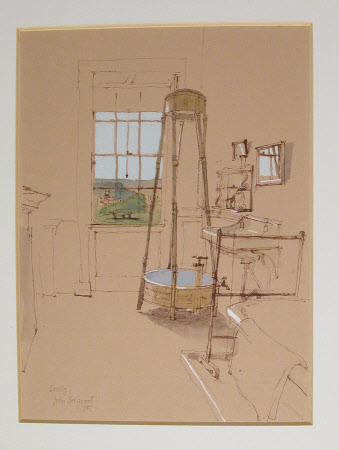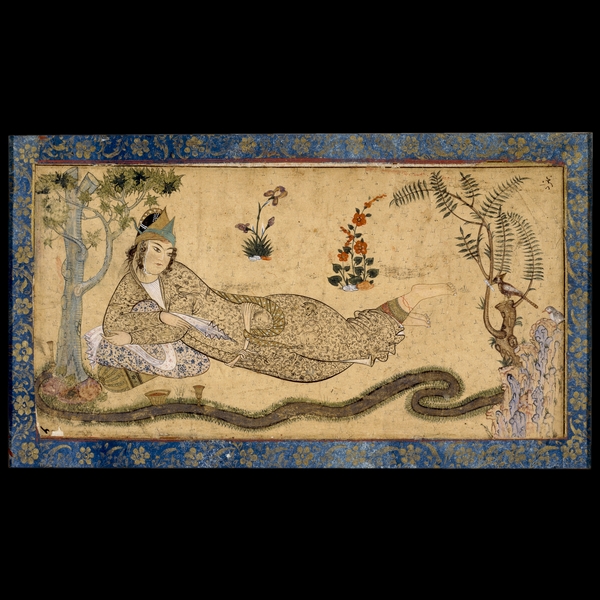A robin calls loudly from a hawthorn hedge; and above it on the topmost sprig, perches a plump buffish-orange bird, a wheatear. This is unfamiliar territory: the closest place where wheatears breed is Exmoor or Salisbury Plain, though this bird could have come from as far afield as Scandinavia.
2 Northern Wheatears Henrik Gronvald c. 1907-09
The wheatear may be the robins' cousin, but there is little love lost between them, Having established his autumn territory along this hedgerow, the robin is not prepared to tolerate any intruder, however far it might have travelled. So when the wheatear flies down onto the stony track the robin follows, uttering a peevish warning call, in an attempt to see off the newcomer. But the wheatear takes no notice, running in short bursts along the track on long, rangy legs, and occasionally stopping to pick up a morsel of insect food, before flying up to another perch.
As I get closer, the bird's fresh plumage and confiding nature suggest that this is a juvenile, probably only three or four months old. I appreciate the subtle pale, yellowish-buff of its belly shading darker on the upper breast, the jet-black tail, and as it flies a few yards along the path, the snow-white rump which gives the bird its name. For 'wheatear' has absolutely nothing to do with ears of wheat, but derives instead from an Anglo-Saxon word meaning 'white arse'."
Wild Hares and Hummingbirds Stephen Moss







